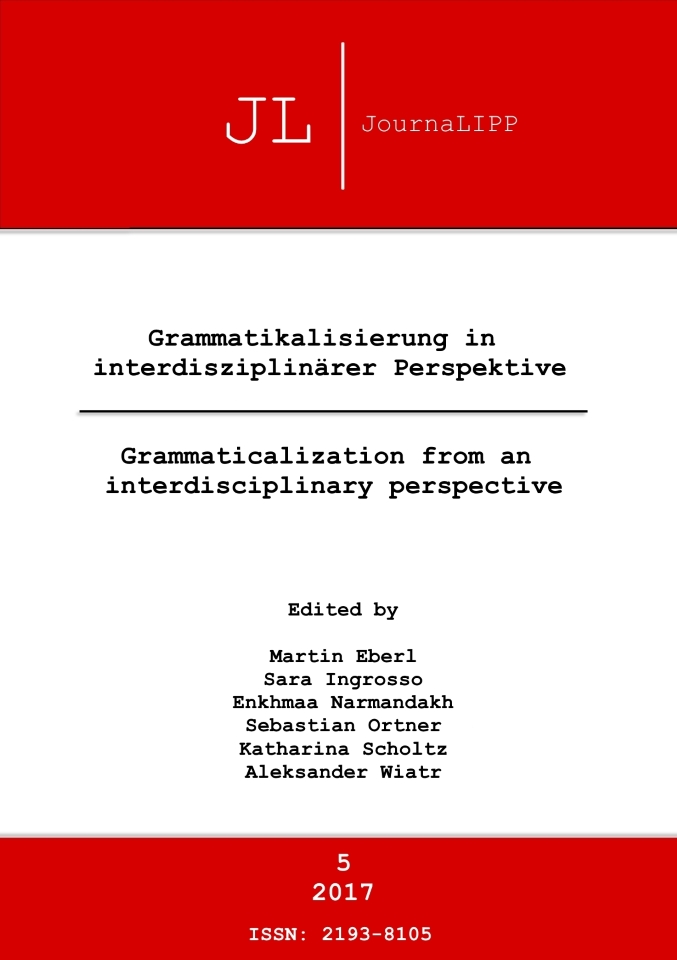Abstract
Every human activity including language is part of a teleonomic hierarchy, where subordinate processes serve superordinate goals. The goals are pursued consciously; the processes run automatically. A teleonomic hierarchy is, at the same time, a scale between the poles of control and automation. Automation is the downgrading of an action to the level of an uncontrolled process. Regain of control over a process that has been automatized is hard or impossible.
Language activity, too, is controlled or automatic in different aspects and to different degrees. The speaker’s freedom is realized at two logical levels:
- At the lower level, his use of grammatical operations and formatives is not free, but determined by rules of the linguistic system.
- At the higher level, he can choose the components of his activity which he wants to control, leaving the rest to automatisms of the system.
Grammaticalization subjects operations and items to constraints of the system. This creates a uniform relation between conditioning factor and construction formed. This relation, together with frequency of use, is responsible for the automation of grammar. Since processes once automated are withdrawn from control, degrammaticalization is all but impossible.

